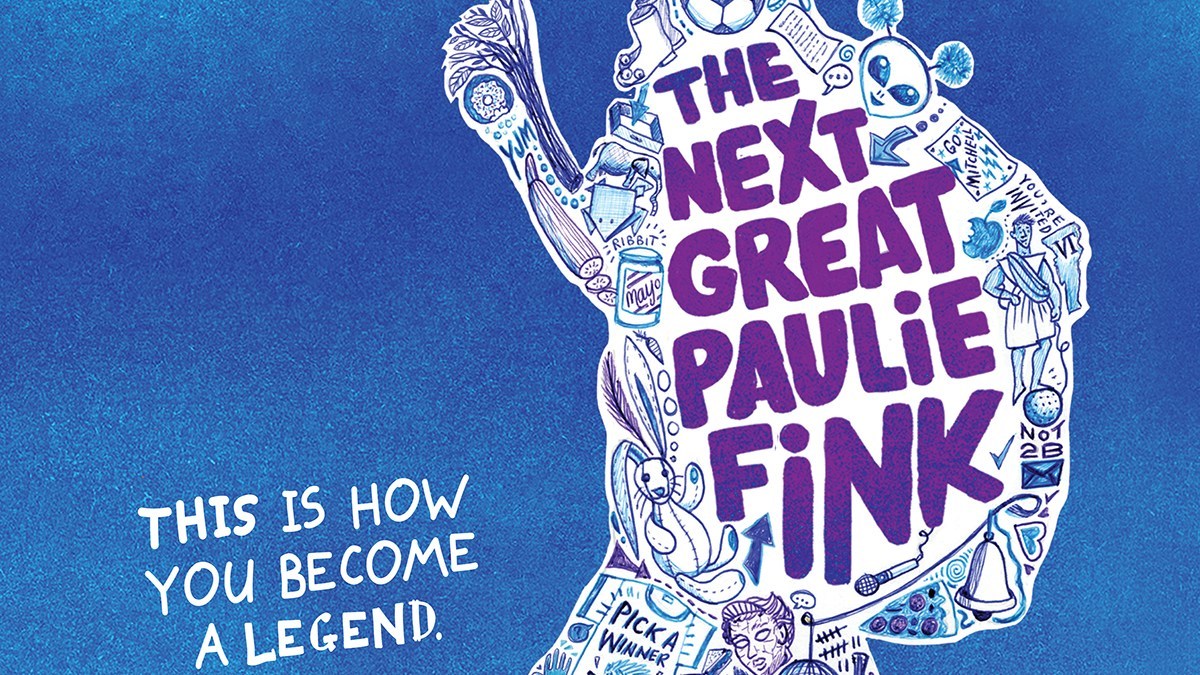
The Next Great Paulie Fink‘s Mitchell School is presented as a very nontraditional learning environment. It houses kindergarten through grade seven in and around a single dilapidated mansion. While the school’s staff is all equally abnormal—with a principal that starts her day by feeding goats and a science teacher that’s also the institution’s de facto coach/phys ed teacher—it’s Mags, the homeroom teacher, that I found most endearing.
Not only does she take the time to integrate the children’s own ideas, interests, and idle preoccupations into the lesson plans, she approaches the necessity of a blended curriculum by focusing on the classic disciplines, the humanities. This allows author Ali Benjamin to benchmark character and story development using, of all things, Greek vocabulary.
“Kleos,” the concept of glory through great deeds, typifies Caitlyn and her classmates’ early mission to recapture the magic of the gone-but-not-forgotten Paulie Fink. Mags’ introduction of the word “pharmakos,” a ritualized scapegoat, marks the ratcheting up of narrative tension and foreshadows the tale’s overarching conflict, while the arrival of “arete,” moral virtue, provides our young heroes with some much-needed clarity and perspective.
These all, in turn, lead to “eudaimonia.” As the seventh-graders of Mitchell School prepare for another humiliating soccer game against their crosstown rivals from Devlinshire, Mags explains the Greek concept of the life well lived. In the face of ill omens and impending doom, it is eudaimonia that challenges Caitlyn and her friends to make their best decisions even in the face of adversity.



